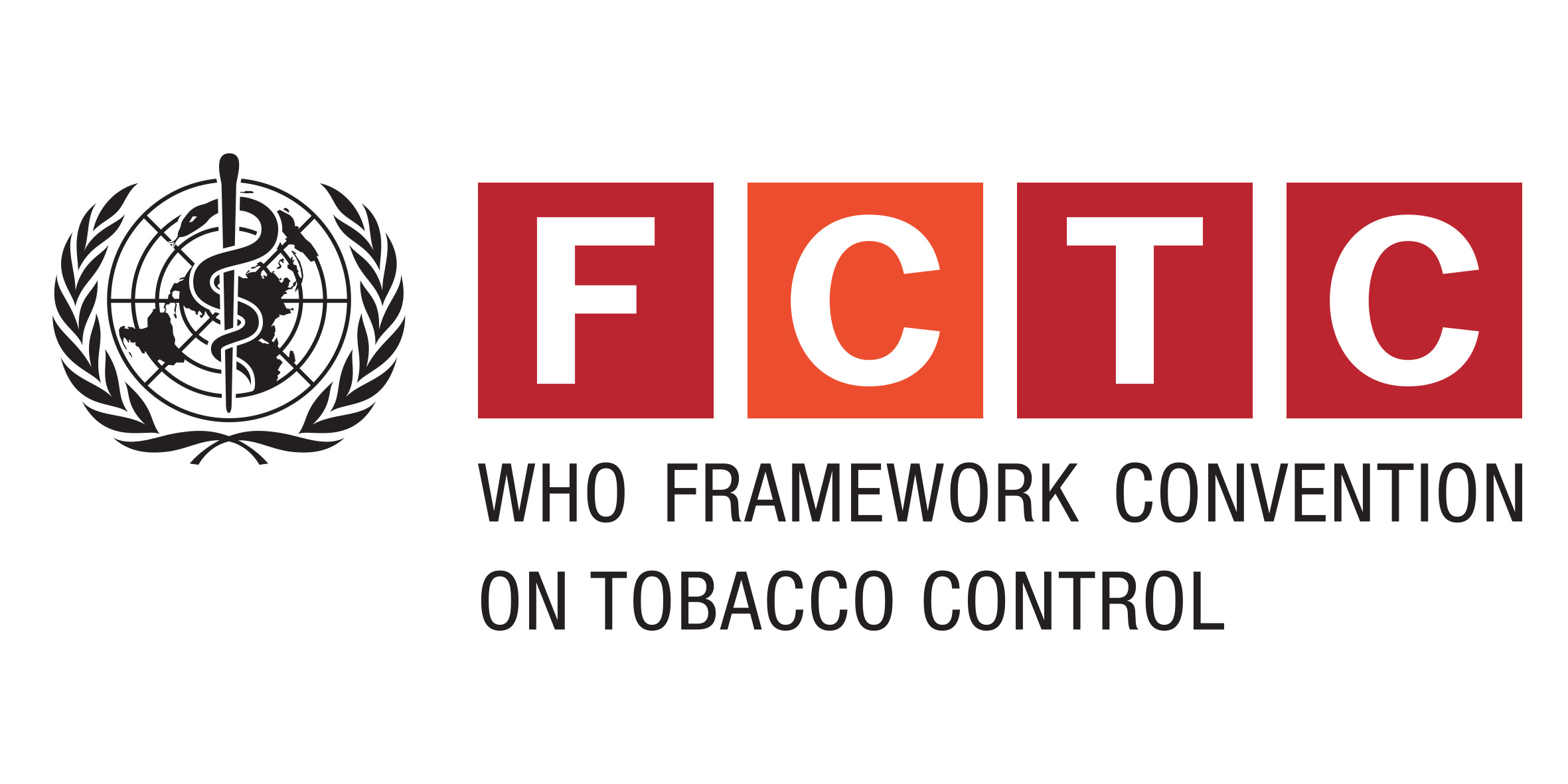Journal Article
Print(0)
Farmaceutisch Tijdschrift voor Belgie
Farm.Tijdschr.Belg.
2000/06
77
2
8
13
0771-2367
Unknown(0)
Legionella species is a contamination of surface waters, ponds, warm water pipes and reservoirs. Infection always happens through the environment by means of aerosols and the breathing of contaminated water of whirlpools, forceful showers, humidifiers, fountains, respiratory therapy equipment, evaporative cooling towers, etc.. Legionella spp. are Gram-negative, mobile bars, that need, for their growth on the culture medium, special additives, such as alpha-ketoglutarate, L-cysteine, ferri-pyrophosphate and activated charcoal. The culture medium can be made selective by adding vancomycine, polymixine-B and cycloheximide. This way, also strongly polluted samples, like surface waters, can be examined. Legionella spp. will become visible on an agar-base after 2 till 5 days under the form of light-blue or blue-grey, concave colonies. After a longer incubation time, they will become smooth and white-grey. Legionella spp. are gelatinase-positive, weakly oxidase positive and catalysase positive. They are not sacharolytic. Clinically seen, legionella- infections can be subdivided in 4 groups, which can intersect each other partly: 1. The pneumonia (like in Philadelphia), 2. the extra- pulmonary inflamations, like the septicaemia ..., 3. the epidemic, non pneumonic forms and 4. the sub-clinical infections.
2 oxoglutaric acid, activated carbon, cycloheximide, cysteine, polymyxin B, pyrophosphate, vancomycin, aerosol, bacterial virulence, bacterium culture, culture medium, immunofluorescence test, laboratory test, Legionella, Legionella pneumophila, legionnaire disease, nonhuman, radioimmunoassay, review, septicemia, water contamination
Legionella species: Een overzicht
Embase
Embase
Swinnen,J., Moors,A.
http://vp9py7xf3h.search.serialssolutions.com/?charset=utf-8&pmid=
2000

